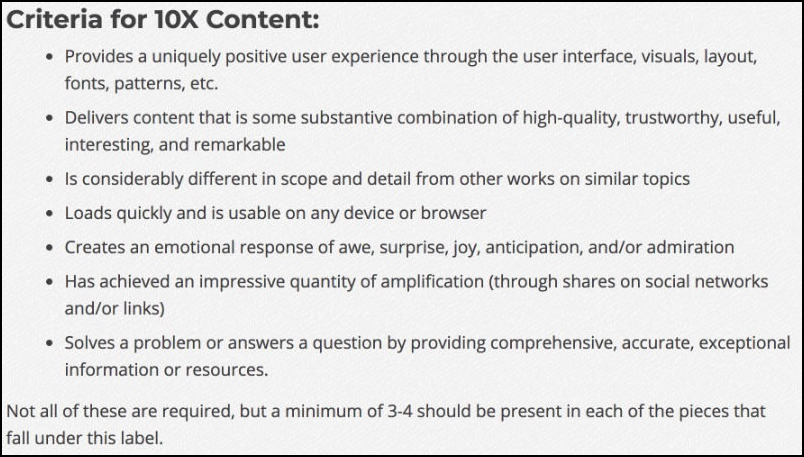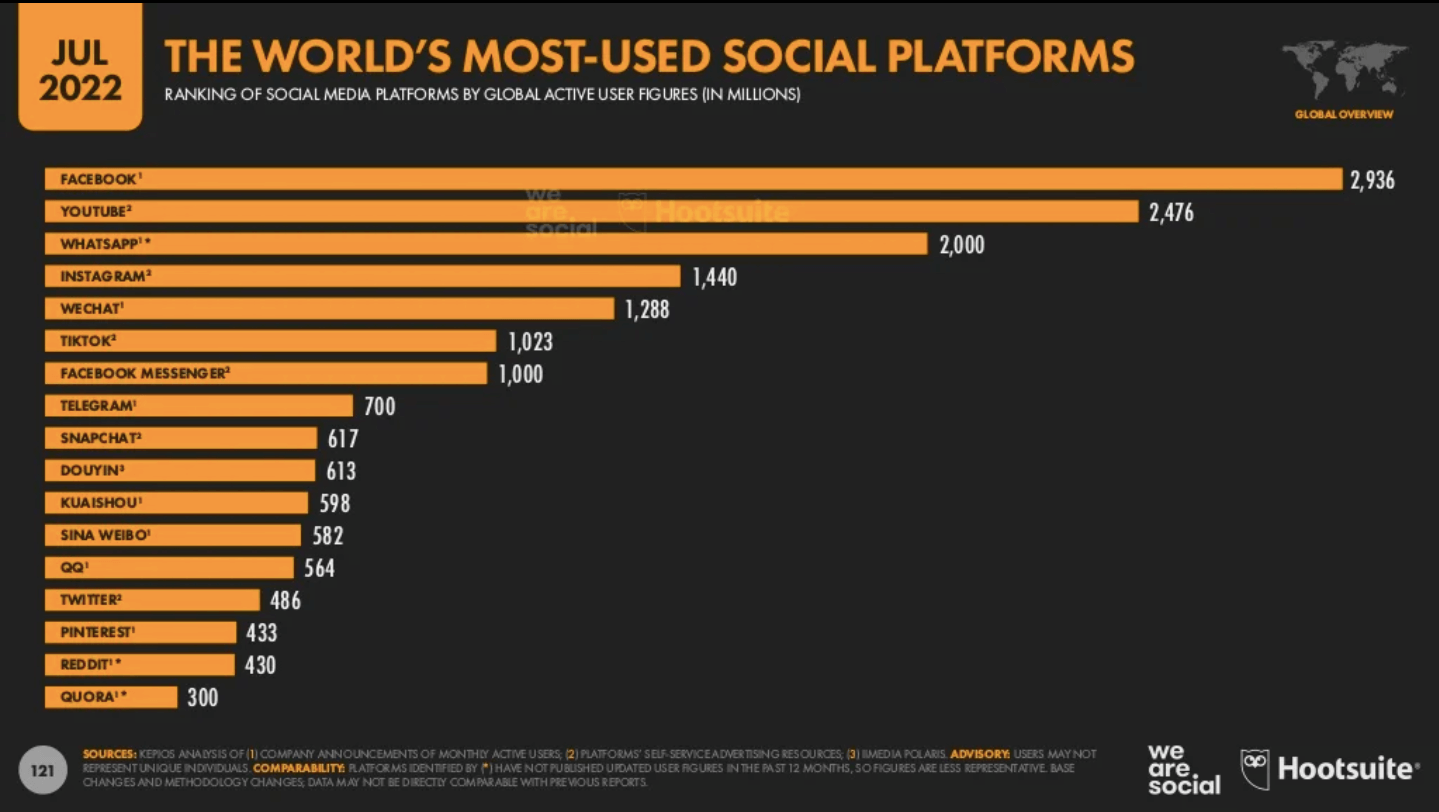
Marketers are beginning to see the connection between native advertising and content marketing. But are they actually assuming causality? Native advertising may be successful in certain instances, but it can also have negative effects on sales, be too sales-oriented, and be too focused only on the brand. This is not always good for brands and advertisers, and that's where content marketing comes in. Joe Walsh suggests that it's better if you own your media and audience.
Costs of native advertising vs content marketing
If you compare the costs of native advertising and content marketing, it may not always be the most cost-effective option. Although both can be successful, they are not necessarily equal. One advantage of content marketing is that it can generate a higher ROI, while native advertising can deliver guaranteed placement with big-name publishers. But the costs of both methods are higher overall. The key to making the right choice is to weigh the benefits and drawbacks of each.
Paid advertising may be the best way to gauge the impact of content marketing efforts. Paid ads can provide increased organic traffic and a wide range of links. Native advertising, however, is more costly and can cost tens to thousands of dollars. HubSpot's research has shown that 93% of businesses with marketing budgets above $1 million to $5,000,000 are using inbound marketing. This strategy provides a high ROI with minimal risk.

Advertisements
There are many similarities between native advertising and content marketing. The difference is that native ads can be labeled as sponsored material rather than advertisements. This makes them more persuasive and users respond positively to messaging that follows editorial material. Content marketing, on the other hand, is where ads are embedded into original content. Both strategies are viable and work well for certain brands or businesses. This article will show you examples of native and content marketing.
Native advertising and content marketing have similar goals. The difference is that native content cannot be given to the publisher or brand as a whole, which can limit its ability to have long-lasting value. As a result, the two strategies are often used interchangeably. Both strategies have important differences. Content marketing's effectiveness is dependent on its target audience. If native content is relevant to your target audience, it can deliver a short-term boost that may not be enough for your brand.
Engagement metrics are a better indicator than overall brand advantage
Although pageviews can be a simple metric to measure the success of a content marketing campaign, they may not be the best. While increasing pageviews can increase traffic, it does not necessarily mean that the content is better. Time on page views per sessions and other engagement metrics provide greater insight into the effectiveness of a marketing program. Google Analytics or any other tracking tool can help you measure engagement.

Buyers today are able to interact with content at their own speed and move in and out throughout the buying cycle, thanks to digital media. It's difficult to establish the number or "qualified buyers" from the actions they take on specific pieces of content. Instead, engagement is an indicator of the overall value of the content that is resonating with your audience.
FAQ
What is the role of a content strategist?
Content strategists are able to help you understand what search terms people use on the internet. They make sure your website is optimized for search engines to help you rank high. They create content for social media sites like Facebook and Twitter. They also write copy and ads for websites, blogs and advertisements.
Content strategists work closely with marketing teams and help to create a coherent plan for company's online presence. While content strategists can work alone, they will often collaborate with other members of the team to ensure each piece of content is useful.
What's the difference among content creation and marketing?
Content marketing is the belief that all great brands share the same message. They continually deliver useful information that people want or need.
Content marketers are experts in creating the right content to fit each channel and at different times.
They know how to plan and execute a marketing strategy that will be effective in promoting their products.
That is, they think strategically about the things they do and what it means.
This is the core skill set needed to be a successful content marketer.
How can content marketing strategy help me?
A Content Marketing Strategy gives you access to data you wouldn't otherwise have. This data allows you measure the success of different types content.
It allows you to identify the most effective strategies to drive more visitors to your site. It provides insight into your audience's behavior, which can help you create better content.
This allows you to focus on the good content and less worrying about whether it works.
The Content Marketing Strategy helps you identify the messages that resonate with your audience.
This analysis will allow you to determine which content they like. So that you can continue creating similar content and keeping those ideas in motion.
Finally, a Content Marketing Strategy will help you track how your content performs. You will see which content types are performing better as you share more.
A Content Marketing Strategy, in other words, is key to ensuring that your content performs as expected.
What is strategic copy marketing?
Content Marketing is the art of creating valuable content for others to share across channels. It's all about giving people exactly what they want. The most successful companies are those who understand this.
Strategic Content Marketing will ensure that you provide them with exactly what they require at the right moment.
It is important to understand what people care about, and to listen to their thoughts. Next, you need to create high-quality content which answers their questions or solves their problems. This builds trust, loyalty, and ensures that you are always in their minds when they need your product/service.
Why do I need a Content Marketing Strategy? Why send emails and post updates on social media?
Two main reasons you may choose to ignore a Content Marketing Strategy.
-
You may believe that email marketing or social media posts will be enough to get people talking and sharing your brand's story.
-
It's possible to assume that sharing this content via social media and email marketing is not practical.
Both of these assumptions are wrong.
Email marketing and social networking posts can be great tools for communicating with customers and prospects. They aren't sufficient by themselves.
An email campaign alone won't help you reach your goals. An email campaign alone won't help you reach your goals. It must be part of larger strategies. You can't rely on social media to help you reach your goals. They need to be part of an overall plan.
This is where your Content Marketing Strategy comes in. Creating a strategy that sets clear objectives for each piece of content allows you to manage your entire content creation process.
As a consequence, you will be able spend more time on other vital aspects of running your business, such as growing your customer base and increasing conversion rates.
Although there are many benefits to a Content Marketing Strategy it does not mean that it is easy.
A strategy can make all the difference.
Statistics
- Companies that use content marketing see approximately 30% higher growth rates than businesses not using it. (mailchimp.com)
- According to research compiled by Coschedule: Companies that publish 16+ blog posts a month get as much as 3.5x as much traffic as those that publish 0-4 posts a month. (criteo.com)
- According to the Content Marketing Institute, 70% of B2B marketers and 86% of B2C marketers surveyed use content marketing in some form or other. (criteo.com)
- This marketing strategy landed Ford a 15.4% conversion rate. (neilpatel.com)
- Content marketing produces 3X more leads per dollar spent. Content marketing costs 62% less than traditional marketing. (criteo.com)
- Measure your goals with a progress indicator of 0-100%. Make your goals collaborative and transparent (semrush.com)
- According to our research, brand awareness, attracting traffic, and generating leads remain the key content marketing goals in 2022. (semrush.com)
- We found that 40% of businesses don't have a documented strategy yet. (semrush.com)
External Links
How To
How do I get started with content marketing?
Content Marketing is an effective way for organizations to reach potential customers and generate leads online. Through providing relevant information about products or services, you can help potential clients to get in touch with you.
Content marketing also encourages trust among visitors, which increases brand loyalty, resulting in increased sales conversions and profits.
Create a blog to get you started. Blogs are easy to use and allow you post new articles frequently.
This allows people the opportunity to revisit your site often and read what you've written. You can use social media sites like Facebook and Twitter to share news and information with your followers.
You can also create videos and add them to YouTube. These videos can provide information to viewers about topics related your business.
Canva allows you to create infographics. Infographics are visual representations that show data. These are useful in explaining complex concepts and making it easy to comprehend information.
The more consistent and frequent your posts, the better your chances of attracting new readers.